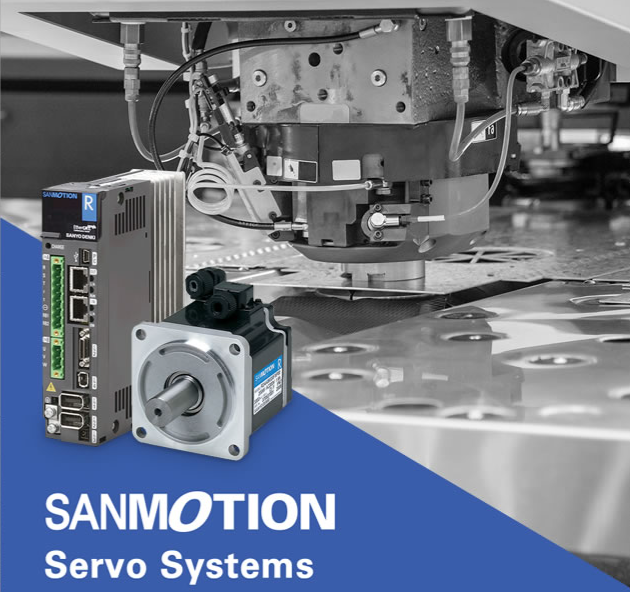 In the 1960s, our flagship products were power supplies for communication applications, and these demonstrated solid growth primarily centered on permanent power supply systems, wind-up generators and power supply systems for signal position meters.
In the 1960s, our flagship products were power supplies for communication applications, and these demonstrated solid growth primarily centered on permanent power supply systems, wind-up generators and power supply systems for signal position meters.
Demand also increased rapidly from the sales of rotating devices such as servo motors and resolvers, which were beginning to take full flight.
Another contribution was the growth in domestic demand of periphery devices for computers, which were popularizing around this time.
This was the period in which demand was strong for contemporary products being developed, such as constant voltage and constant frequency units, automatic control systems (hot tops, etc.), engine generators and pulley motors.
"The tape winder developed in 1965 can be considered a device that is related to electronic computers"
As sales of our existing products grew favorably, Sanyo Denki continued to create new products one after the other. The markets we had targeted were communication, Computers, and control (referred to as “3C”), continue to be major markets for us even today. From the mid-1960s in particular, new products for these fields became more pronounced.
Of these products, the tape winder developed in 1965 can be considered a device that is related to electronic computers. In other words, it was the information processing portion of this “3C” market. Electronic computers of the time used paper tape for input and output processes. The role of modern day DVDs and hard discs was performed by paper tape. The tape winder was a machine to automatically wind this paper tape and it was equipped with a small, two-phase servo motor in its rotating portion.
In line with advancements in electronic technology, the electronic computer became more sophisticated and steadily became adopted from around 1960. By 1965, it was being introduced into every company and hailed as an “information revolution”. It then began being utilized in administrative processing, management tasks and even management decision-making.
Electronic computers were comprised of a central processing unit with a memory portion, computing portion and control portion, as well as periphery devices such as an I/O device and communication control unit. I/O devices became particularly diversified, and there existed various mechanisms such as paper tape readers, printers, cathode tube displays, magnetic tape, drums and disc drives.
These devices used various rotating equipment, and the rapid popularization of electronic computers meant great anticipation for growth in the sale of Sanyo Denki products. Eagerness towards the commercialization of related products began to heighten. After our tape winder, we developed a tape handler as a device to unreel paper tape in 1968, followed by a tape reader for reading data in 1969. These products enjoyed high regard, ushering in the growth for electronic computers, thus reinforcing our company’s position in he communication field.
Reference “Pioneer of the Developing Information Society Sanyo Denki” SANYO DENKI CO., LTD. and DIAMOND, Inc.
Products from this era

NC device input equipment. Our 70 mm sq. stepping motors were installed in tape readers. Two 2-phase servo motors were used in each handler.
A moving coil motor used in capstan drives of magnetic tape devices. A cylindrical armature reduced moment of inertia, resulting in faster motor shaft startup speed (time constant) than conventional servo motors

Read more: Previous Article




[…] Diversified Computer Products In 1960’s […]